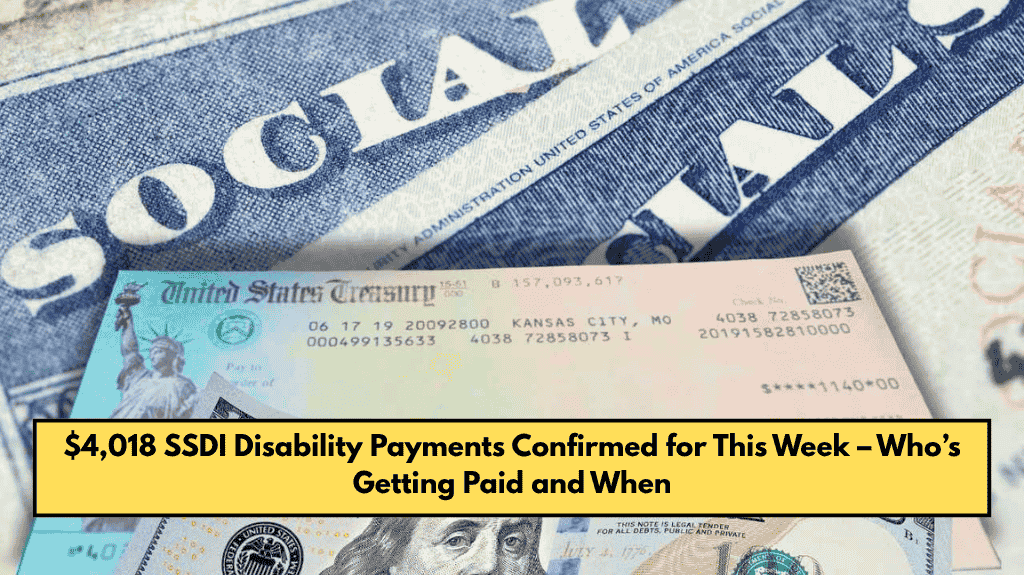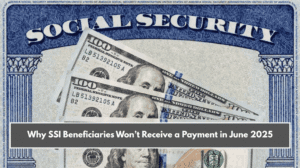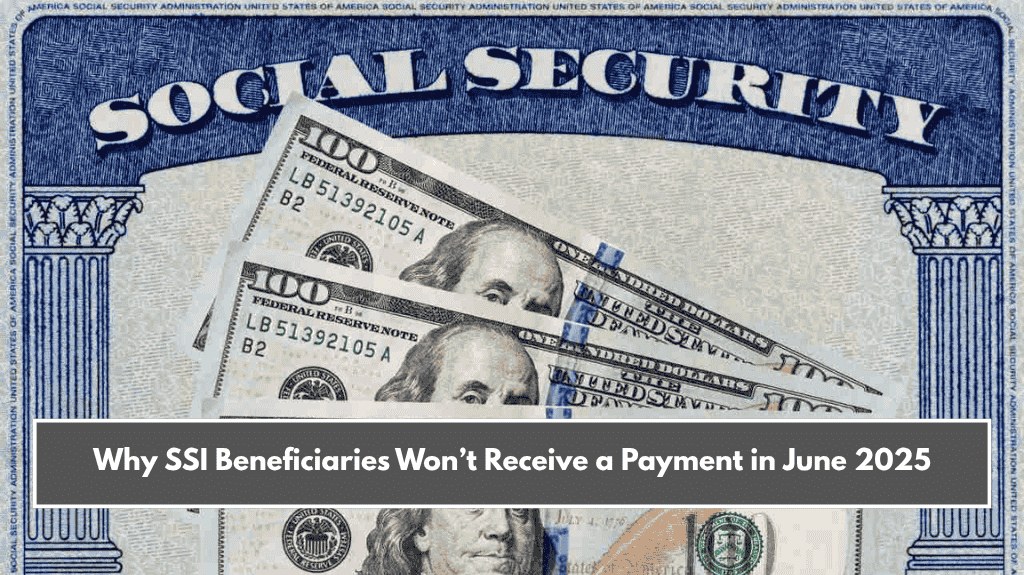If you’re someone receiving Social Security Disability Insurance (SSDI) in the United States, you may be getting your May 2025 payment this week. The Social Security Administration (SSA) has confirmed the payment schedule for May, and many beneficiaries will see their money deposited on Wednesday, May 28.
Let’s break down who’s getting the payment this week, how much you could receive, and what it means for your SSDI benefits if you’re trying to return to work.
SSDI May 2025 Payment Dates Based on Birthdays
SSDI payments are not sent out all on the same day. Instead, the SSA uses your birth date to decide when you get paid.
If your birthday falls between:
- 1st and 10th – you were paid on May 14
- 11th and 20th – you received it on May 21
- 21st and 31st – your payment is scheduled for May 28
If you’re someone who also receives SSI benefits or started receiving Social Security before May 1997, your payment date may be different.
How Much SSDI Can You Receive in 2025?
The maximum SSDI payment in 2025 is $4,018 per month. This amount is mostly for people who had high earnings before becoming disabled. However, the average SSDI payment for most people is around $1,580 per month.
These amounts are updated every year depending on changes in the economy, especially inflation.

What Is SGA and Why Does It Matter?
SGA, or Substantial Gainful Activity, is the monthly income limit that helps SSA decide if you are still considered “disabled.”
In 2025, the SGA limits are:
- $1,620 per month for non-blind people
- $2,700 per month for blind individuals
If your monthly income is above this limit, your SSDI benefits could stop. But don’t worry, there are special programs to help you return to work without losing your benefits immediately.
Trial Work Period: You Can Work Without Losing Benefits
The Trial Work Period allows SSDI recipients to test working while still receiving full benefits.
In 2025, if your income is below $1,110 per month, you can work for up to nine months and still keep your SSDI payments. Every month you go over this limit counts toward the nine-month trial period.
After the trial, the SSA will check your medical and job condition again. If you can’t keep working due to your disability, you can restart your benefits within 36 months without needing to reapply from the beginning—as long as your income is again below the SGA limit.
Extra Help: Ticket to Work and SSI Benefits
If you’re thinking about getting back to work, the SSA offers the Ticket to Work program. This program provides free job training and counseling, which is very helpful for those who haven’t worked in a long time.
Also, if your SSDI isn’t enough to cover your living costs, you might be eligible for Supplemental Security Income (SSI) too. SSI provides monthly payments for people with limited income.
In 2025, the maximum SSI benefit is $967 for a single person and $1,450 for a couple. This extra help can support things like food, rent, or medical costs.
If you were born between the 21st and 31st, and you receive SSDI, you can expect your May 2025 payment on Wednesday, May 28. The maximum SSDI amount this year is $4,018, although most people get around $1,580.
The SSA also offers ways for people to return to work without immediately losing their benefits, such as the Trial Work Period and Ticket to Work. And if you need more support, SSI is also available to help you meet your basic needs.
Understanding your payment schedule and options for working again can help you plan your finances better and avoid surprises.















